Other
News Stanford engineers create a catalyst that can turn carbon dioxide into gasoline 1,000 times more efficiently

“Captured CO2 can be turned into carbon-neutral fuels, but technological advances are needed. In new research, a new catalyst increased the production of long-chain hydrocarbons in chemical reactions by some 1,000 times over existing methods. Engineers working to reverse …

“Scientists discover that triggering superconductivity with a flash of light involves the same fundamental physics that are at work in the more stable states needed for devices, opening a new path toward producing room-temperature superconductivity. Much like people can learn …

“Islands of inactive lithium creep like worms to reconnect with their electrodes, restoring a battery’s capacity and lifespan. Researchers at the Department of Energy’s SLAC National Accelerator Laboratory and Stanford University may have found a way to revitalize …
News A versatile set of detector building blocks prepares SLAC researchers for a challenging future of X-ray science
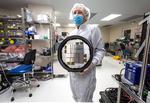
“The ePix series of detectors is designed to keep pace with ever more demanding experiments at SLAC and elsewhere. When the Department of Energy’s SLAC National Accelerator Laboratory turned on the world’s first hard X-ray free-electron laser in …
News New solar materials developed by Stanford scientists could usher in ultrathin, lightweight solar panel
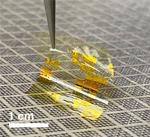
“New, ultrathin photovoltaic materials could eventually be used in mobile applications, from self-powered wearable devices and sensors to lightweight aircraft and electric vehicles. A race is on in solar engineering to create almost impossibly-thin, flexible solar panels. Engineers imagine them …
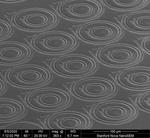
“Frequency microcombs are specialized light sources that can function as light-based clocks, rulers and sensors to measure time, distance and molecular composition with high precision. New Stanford research presents a novel tool for investigating the quantum characteristics of these sources …

“Aiming to create a robotic gripper that can grasp with delicate strength, researchers combine adhesives based on gecko toes with a customized robotic hand. Across a vast array of robotic hands and clamps, there is a common foe: the heirloom …
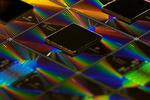
“A team of researchers including ones from Stanford and Google have created and observed a new phase of matter, popularly known as a time crystal. There is a huge global effort to engineer a computer capable of harnessing the power …
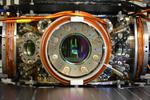
“Aiming to emulate the quantum characteristics of materials more realistically, researchers have figured out a way to create a lattice of light and atoms that can vibrate – bringing sound to an otherwise silent experiment. When sound was first incorporated into …

“The chemically controlled chains reveal an ultrastrong attraction between electrons that may help cuprate superconductors carry electrical current with no loss at relatively high temperatures. When scientists study unconventional superconductors – complex materials that conduct electricity with zero loss at relatively …
